States
Uncovering The Veiled Racial History Of Dallas Fair Park
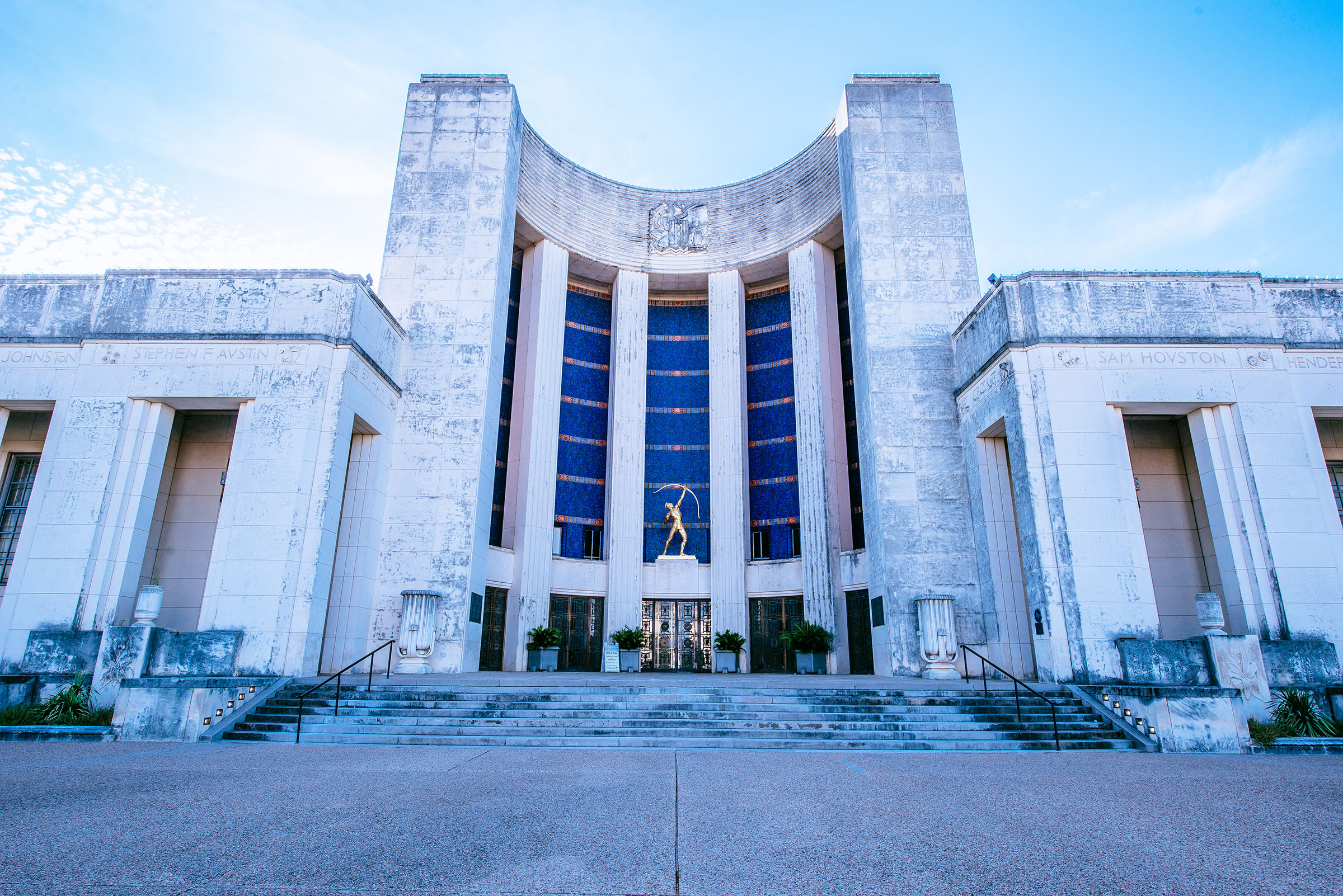
Fair Park in downtown Dallas is a historical monument, a celebration site, and a reminder of racism’s hidden past. The newly opened exhibit, “Fair Park Uprooted,” shows the enormous disadvantages Black people endure compared to white people.
Fair Park reflected segregation in its heyday. Black Music Hallgoers were sent to the balcony, symbolizing injustice. Black people were excluded from the cherished Texas State Fair, save for “Negro Achievement Day.”
Fair Park resident Lucy Cain fondly recalled these moments. Only one day a year could we travel. “Negro Achievement Day,” she said. She spoke at the exhibit’s opening, illustrating the significance of addressing this tragic past.
A Painful Upheaval: Uprooting Black Families For Parking Lots
The relocation of hundreds of Black families for parking spaces is one of Fair Park’s most heartbreaking events. In 1969, civil rights leader Peter Johnson came to Dallas and highlighted this troubled time. While in Dallas to promote a documentary honoring Martin Luther King Jr., which one had been slain the year before, Johnson became involved in helping Fair Park residents who were being displaced.
These mostly Black homeowners were evicted. They received some compensation and relocation aid, but it was little recompense for their suffering. He said, “They ended up getting more money than was offered and also relocation money to help them relocate, but it was still a pittance.”
Remembering The Struggles And Progress
As we celebrate Dr. King’s 60th anniversary at the Music Hall, we must remember Black people’s struggles and the accomplishments accomplished since then. During Dr. King’s visit, approximately 200 white segregationists blocked his speech as an “outside agitator” and menace.
A drama based on Peter Johnson’s tireless work in those years is being produced in a smaller Fair Park theater across from Music Hall. Johnson said, “Progress. Progress on these challenges is slow, but it’s Progress.”
Community activist Marilyn Clark stressed remembering this heritage for future generations. She feared, “We can’t conceal history. We must expose it to fresh air. Reclaim it, put sunlight on it so that we can see and hear it, or we’ll repeat it.”
The Music Hall display powerfully depicts Black people’s historical struggles and injustices. It emphasizes addressing this past to create a more inclusive and equal future.
The Impact Of Fair Park’s Racial Segregation
Fair Park’s segregation forever changed the Black community. Black and white guests were separated in the Music Hall and restricted from the State Fair, which had severe consequences. It reinforced Black inferiority and systematic racism of the time.
Fair Park segregation reflected societal racial inequality. The physical separation in Fair Park reflected Black people’s everyday social and economic barriers. It also highlighted the civil rights struggle.
Black people pushed for equality despite obstacles. Dr. King’s Music Hall visit and following fights for fairness set the ground for development. These experiences are crucial to understanding the inclusive society path today.
Lessons From The Past: An Opportunity For Reflection
The “Fair Park Uprooted” display offers a history lesson and a reflection. It reminds us to honor and learn from our history, no matter how traumatic. The injustices Black people suffered in Fair Park help us understand US racial prejudice.
This display makes us think about civil rights accomplishments and future efforts. It encourages us to confront and fix social inequalities. Recognition of the past may lead to a more fair and inclusive future.
The Role Of Art And Culture In Promoting Change
Art and culture have helped alter racial inequities. The play, inspired by Peter Johnson’s advocacy efforts, shows how art can tell essential stories. It depicts tenacity, persistence, and the battle for equality despite hardship.
The Music Hall exhibit and play promote debate and awareness. They allow people from all backgrounds to acknowledge the past and work toward a more equal future. Art and culture may connect people for justice across borders.
The “Fair Park Uprooted” exhibit and accompanying events at Fair Park provide a chance to face a complicated past, celebrate civil rights, and strive toward a more equal future. We may continue to create a more inclusive and equitable society by studying racial segregation, learning from the past, and using art and culture.
Read Also: Interracial Relationships May Not Always Reduce Racial Prejudice
The Legacy Of Advocacy And Change
Fair Park’s turbulent past inspired lobbying and reform, demonstrating the Black community and its supporters’ tenacity. Peter Johnson, who visited Dallas in 1969 to promote a Martin Luther King Jr. documentary, unwittingly championed justice. His dogged advocacy for Fair Park residents’ forced move showed activism’s power.
Despite hardship, these campaigners sought higher compensation and relocation aid for impacted families. Their legacy emphasizes the significance of fighting for justice. They demonstrate that continuous engagement and concerted action can alter the world today.
A Beacon Of Progress In South Dallas
South Dallas’ “Fair Park Uprooted” installation has become a symbol of development as it draws people. Recognizing this unpleasant experience is essential to avoiding previous errors. South Dallas inhabitants may not remember the 1950s, 60s, and 70s challenges. This exhibit illustrates the Progress made to end racial inequality.
Community activist Marilyn Clark stressed the necessity of highlighting this heritage. “We can’t conceal history. We must expose it to fresh air. We must brighten it so we can see and hear it, or we will repeat it, “she stressed. The exhibit helps raise awareness and understanding of Black community issues.
A Community United For Change
The presentation of “Fair Park Uprooted” has united the community to change. It encourages diverse discussion and thinking. The exhibit, performance, and stories of individuals who lived through this past foster empathy and connection.
This community initiative reminds us that racial injustice must be addressed together. It is a current issue that requires our attention. The exhibit invites people to consider their responsibilities in creating a more inclusive and fair society, encouraging shared responsibility for change.
The “Fair Park Uprooted” exhibit and accompanying events at Fair Park provide a chance to face a complicated past, celebrate civil rights, and strive toward a more equal future. We can remain to build a more inclusive and fair society by honoring activism and change, South Dallas’ accomplishments, and community cohesiveness.

-

 States2 weeks ago
States2 weeks agoPearlie Golden 93-Year-Old Black Woman Shot By Texas Cop
-

 States2 weeks ago
States2 weeks agoTragedy Unveils Racial Tensions Tarika Wilson Story
-

 States2 weeks ago
States2 weeks agoLayers Of Racial Tension The Mario Woods Tragedy And San Francisco Path To Justice
-

 States2 weeks ago
States2 weeks agoLynching Of Thomas Shipp Tragedy Of Racism Echoes Through History
-

 States2 weeks ago
States2 weeks agoThe Killing Of Terence Crutcher And The Fight For Racial Justice












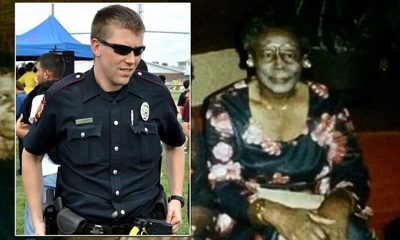
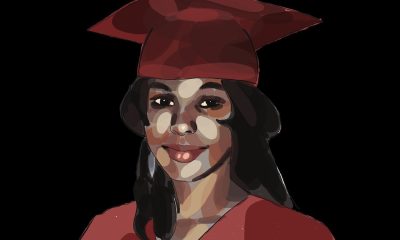
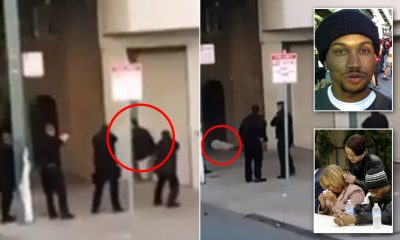
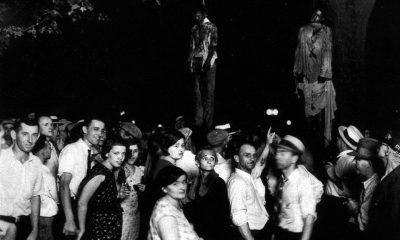
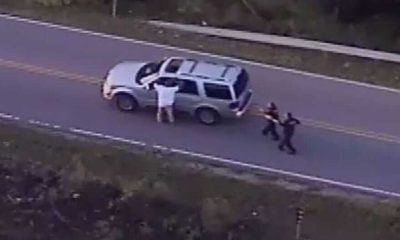
You must be logged in to post a comment Login